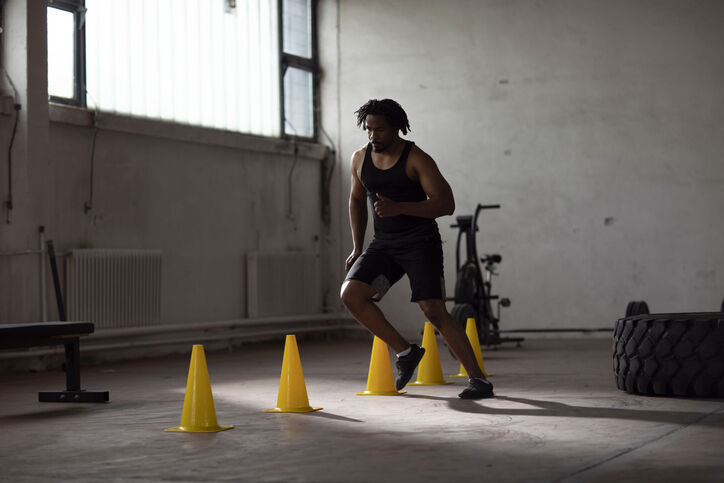
Athletes: Beware of these Risk Factors for Clots!
Blood clots can develop due to a clotting disorder, congenital abnormality, and varicose veins. However, athletes stand a greater chance of developing blood clots

Many factors increase your chances of getting varicose veins. Is running one of them?
The health benefits of running include strengthening your cardiovascular system and building up your calf muscles. But could too much of a good thing such as running cause varicose veins?
Because running is a high-impact activity that can be tough on the legs, it’s natural to wonder whether it could have any adverse effects on the leg veins. The answer is a resounding “No!” Running does not cause varicose veins if you don’t already have the condition. Still, for those who have varicose veins, it’s important to note how to run safely to not worsen the symptoms.
Varicose veins form when blood flow becomes sluggish due to weakened vein valves that can no longer effectively push blood back up to the heart. Exercise does not lead to varicose veins. In fact, exercise, especially workouts that flex the calf muscles, strengthens your veins by promoting healthy blood flow in the legs.
Advanced age and heredity are the leading risk factors for varicose veins. As we age, the vein valves naturally lose elasticity and strength. Hormonal changes from pregnancy and menopause are another significant risk factor. However, lifestyle can also play a big part. Obesity and a sedentary routine can add pressure to the leg veins, causing blood to pool. By not exercising, you’d be doing more harm to your vein health than any one type of workout would, such as running.
Running strengthens your calf muscles, which work with your veins to pump blood back to the heart. But dedicated runners who already have varicose veins notice have reported occasional worsening symptoms of swelling, pain, and heaviness after runs. Although this doesn’t mean you should give up running, you should take some precautions to protect your veins as you run. These include:
Running on a softer surface. The constant pounding your legs endure on concrete can be hard on your veins and joints. Running on softer surfaces such as grass, dirt, or a running track can ease the pressure on your veins.
Wearing supportive running shoes. Buy athletic shoes specifically designed for running. These shoes provide extra cushioning to absorb shock as you pound the pavement.
Wearing compression stockings. Available in different styles and strengths, compression stockings gently squeeze the leg veins to promote smooth blood flow. Dedicated runners might require a higher compression grade, so it’s best to speak with your doctor first!
After you finish a run, you can elevate your legs above your heart to prevent blood from pooling in the veins. You can also mix other low-impact low-impact aerobic activities such as walking, biking, or swimming into your workout routine to protect your veins further. By doing so, you’ll give yourself, your joints, and your veins a much-needed break!
If you find that running aggravates your varicose vein symptoms, you can explore treatment options at Center for Vein Restoration. Our offices offer a variety of minimally invasive procedures that permanently eliminate varicose veins in addition to conservative methods that will reduce your pain and swelling. Contact us today for a consultation.